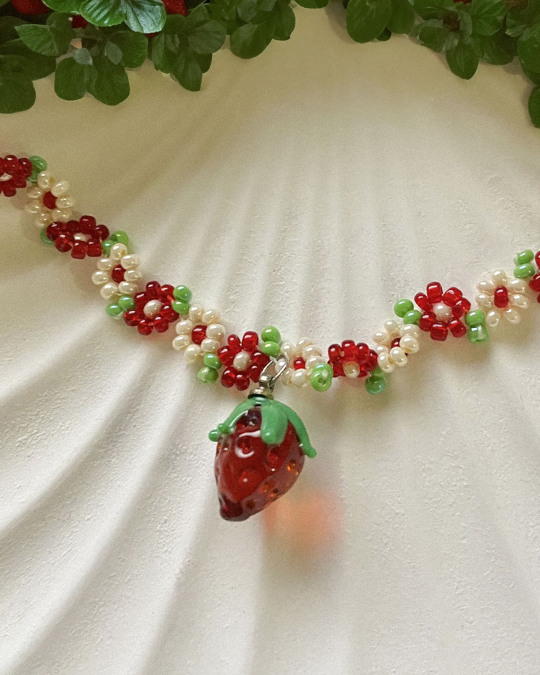Don't wanna be here? Send us removal request.
Text

250 notes
·
View notes
Text

Flowers growing in unlikely beds, Cotswolds UK
629 notes
·
View notes
Text

#remember when lucky stars were all the rage.... nostalgic for 2008#lucky paper stars#paper crafts#origami#cozycore
73 notes
·
View notes
Photo

Slenaken, the Netherlands
#slenaken#the netherlands#limburg#hills#farmcore#fieldcore#meadowcore#villagecore#summer vibes#country life#europe
261 notes
·
View notes
Text

Delft, the Netherlands
163 notes
·
View notes
Text

200 notes
·
View notes
Text

126 notes
·
View notes
Text

653 notes
·
View notes
Text



Dutch Folklore plates from Royal Sphinx Maastricht
63 notes
·
View notes
Text

Bronkhorst, the Netherlands
117 notes
·
View notes
Text

124 notes
·
View notes
Text


Cowleek Nettle soup and a green Frittata
#recept in source... heel lekker soepie. frittata recept ook bij hofweb#soup#foraging#healthy food#springtime#organic food#healthy cooking#cottagecore
69 notes
·
View notes






